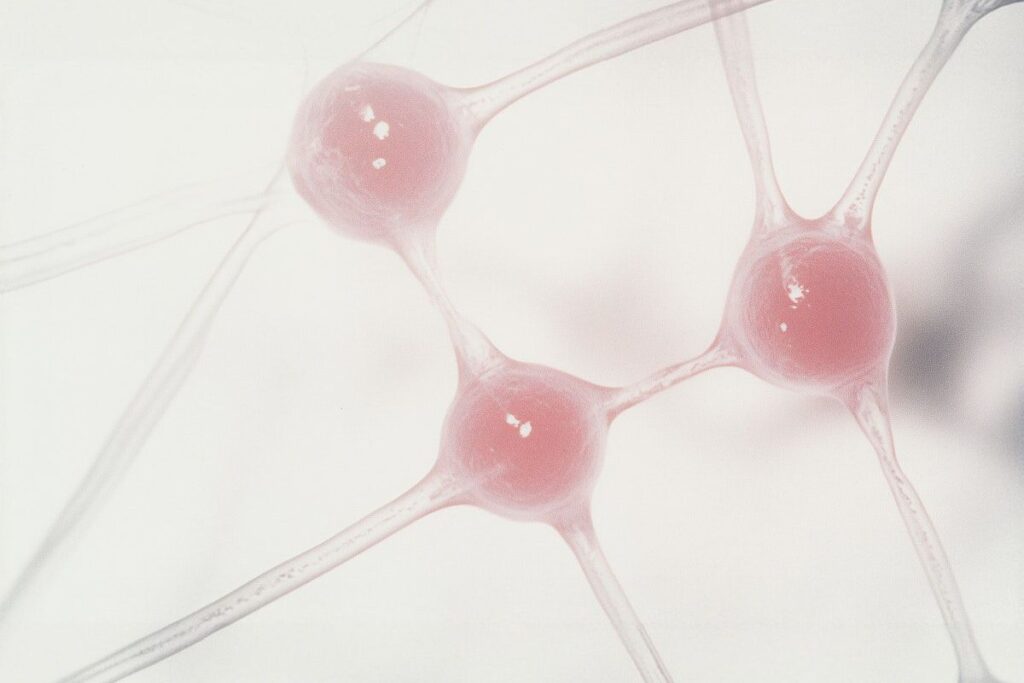Imagine a world where your body can heal itself, repairing damaged tissues and restoring function naturally. Regenerative medicine is making this vision a reality by harnessing the power of your own cells to treat injuries and chronic conditions. It’s not just a futuristic concept—it’s transforming healthcare today.
Whether you’re dealing with joint pain, tissue damage, or degenerative diseases, regenerative medicine offers innovative solutions that go beyond traditional treatments. By focusing on the root cause rather than just masking symptoms, it promotes faster recovery and long-term healing. It’s a game-changer for improving your quality of life.
Understanding Regenerative Medicine
Regenerative medicine focuses on harnessing your body’s natural healing processes to repair or replace damaged tissues and organs. This advanced medical approach integrates cellular therapies, such as stem cell therapy, and biological materials, like platelet-rich plasma (PRP), to stimulate regeneration at the source of injury or degeneration.
Stem cell therapy uses undifferentiated cells that can develop into specialized cell types to promote tissue repair. PRP therapy involves using a concentrated sample of your blood platelets to accelerate healing in specific areas of the body. Both treatments minimize dependency on surgeries or prolonged medication, reducing recovery time and potential risks.
By addressing the underlying condition rather than masking symptoms, regenerative medicine offers personalized solutions for chronic pain, joint degeneration, and sports injuries. Its innovative techniques transform healthcare by improving outcomes and enhancing your quality of life.
Key Benefits Of Regenerative Medicine
Regenerative medicine offers a groundbreaking approach to healing by leveraging the body’s natural ability to repair and regenerate. Its benefits extend to faster recovery, reduced pain, and fewer invasive procedures.
Promoting Natural Healing
Regenerative medicine enhances the body’s natural capacity to heal through advanced therapies like stem cell therapy and PRP. These treatments work by stimulating tissue repair and reducing inflammation. For example, stem cells adapt to damaged areas, fostering new cell growth, while PRP concentrates growth factors to speed up healing.
Reducing Dependency On Medications
Non-addictive regenerative treatments lower the reliance on long-term painkillers or anti-inflammatory drugs. For patients managing conditions like arthritis or chronic pain, this approach minimizes risks associated with medication side effects or dependency. By addressing root causes, these therapies offer sustainable relief.
Minimizing Surgical Interventions
Regenerative medicine reduces or eliminates the need for invasive surgeries for joint pain, tendon injuries, or cartilage degeneration. Procedures such as stem cell injections promote tissue repair and can delay or replace surgical options like joint replacement, offering a less risky alternative.
Accelerating Recovery Times
Patients recover faster with regenerative therapies due to their targeted action. For example, PRP boosts the healing of soft tissue injuries like ligament tears, cutting down recovery phases compared to traditional methods. These treatments help restore functionality more quickly after injuries.
Improving Quality Of Life
Regenerative treatments enhance life quality by reducing pain, restoring mobility, and promoting long-term health improvements. For individuals with degenerative conditions, these therapies not only reduce symptoms but also improve physical activity levels and overall well-being.
Applications Of Regenerative Medicine
Regenerative medicine addresses various health challenges by leveraging the body’s healing potential. It’s applied to treat chronic illnesses, repair injuries, and manage degenerative diseases, providing innovative solutions for improved health outcomes.
Treatment Of Chronic Illnesses
Regenerative medicine helps manage chronic conditions like arthritis and autoimmune disorders. Stem cell therapy reduces inflammation by promoting tissue regeneration in damaged joints. PRP therapy, which uses your own blood platelets, enhances healing in soft tissues, reducing pain from conditions such as tendonitis. These therapies address the underlying causes, improving long-term health without dependence on chronic pain medications.
Advancements In Injury Repair
Regenerative treatments enhance recovery from sports injuries, fractures, and soft tissue damage. PRP therapy accelerates healing by stimulating tissue repair at the injury site. For more severe injuries such as ligament tears, stem cell therapy promotes cellular regeneration. By reducing recovery time and inflammation, these treatments help you return to physical activity more quickly than traditional methods.
Addressing Degenerative Diseases
Regenerative medicine slows or reverses progression in conditions like osteoarthritis, spinal disc degeneration, and neurodegenerative diseases. Stem cells replace damaged cells in cartilage or nervous tissue, offering improved mobility and pain relief. PRP therapy reduces joint inflammation, delaying disease advancement. These innovative treatments provide personalized care, restoring function and enhancing quality of life.
Challenges And Future Potential
Regenerative medicine faces challenges including high costs, limited accessibility, and regulatory complexities. Advanced treatments like stem cell therapy require significant financial investment, making them inaccessible to many patients. Limited infrastructure and specialist availability further restrict options in several regions. Regulatory oversight, essential for safety and efficacy, also slows down the development and approval of new therapies.
Future potential lies in advancements reducing costs and improving accessibility. Ongoing research aims to refine methods like cell harvesting and tissue engineering, streamlining processes to reduce expenses. Technological innovations, such as 3D bioprinting, promise scalable tissue generation for broader applications. Increased investment in medical infrastructure could expand access to underrepresented areas, enabling more patients to benefit from these treatments.
Wider adoption depends on addressing these systemic challenges while fostering collaboration between researchers, healthcare providers, and policymakers to develop cost-effective and standardized solutions.
Conclusion
Regenerative medicine represents a groundbreaking shift in healthcare, offering hope for faster recovery, reduced pain, and improved quality of life. By focusing on repairing and regenerating tissues, it provides innovative solutions for chronic conditions, injuries, and degenerative diseases.
As advancements continue to address challenges like cost and accessibility, the potential for these therapies to transform healthcare grows. Exploring regenerative medicine could open doors to personalized, effective treatments that prioritize your long-term well-being.

